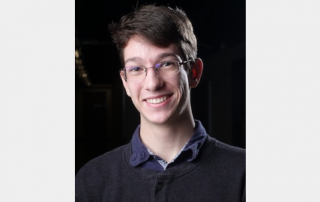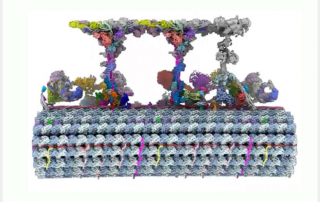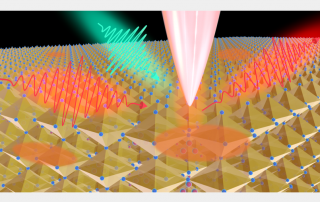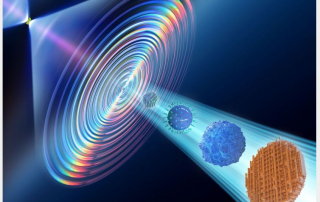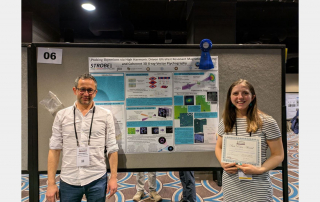Congratulations to Benjamin Hammel for receiving Best Poster Award at the Mountain States Society of Electron Microscopists (MSSEM) Fall 2024 Conference.
Benjamin Hammel, a graduate student in Gordana Dukovic’s group at CU Boulder, received the Best Poster Award at the Mountain States Society of Electron Microscopists (MSSEM) Fall 2024 Conference. Congratulations, Ben!
